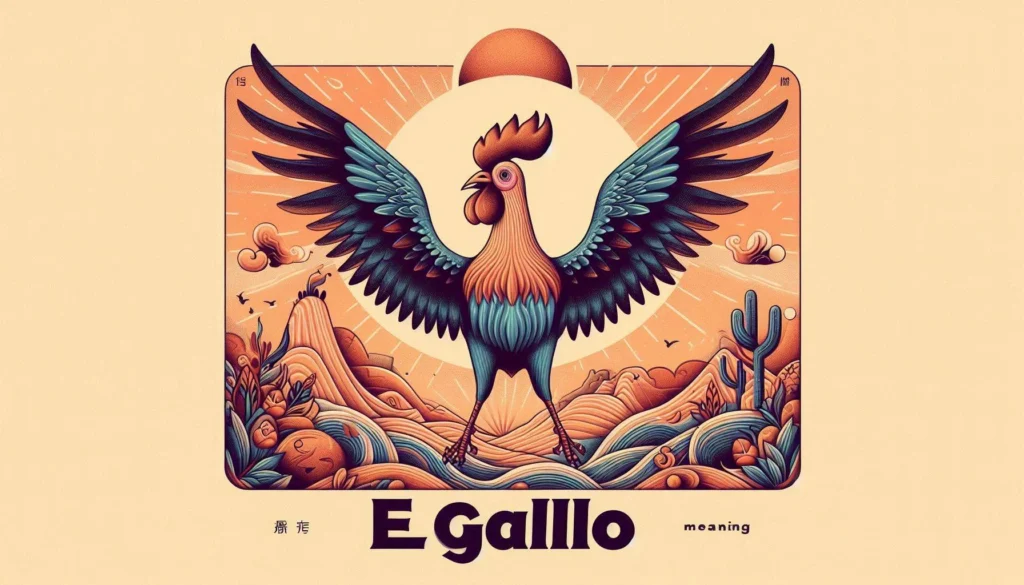El gallo is Spanish for “the rooster,” a male chicken known for its vibrant feathers and dawn crowing. Beyond its literal meaning, el gallo is a powerful cultural symbol in Spanish-speaking countries, representing:
- Pride and Courage: Reflecting the rooster’s bold demeanor.
- Vitality: Linked to fertility and energy.
- New Beginnings: The crow heralds a new day.
This guide explores the multifaceted meaning of el gallo across language, culture, and modern contexts.
Linguistic Origins

The word gallo comes from Latin gallus (rooster), evolving through the Romance languages into Spanish. The definite article el adds specificity, making el gallo feel iconic. Its masculine gender aligns with cultural associations of strength and leadership, setting the stage for its metaphorical uses.
Cultural Symbolism of the Rooster
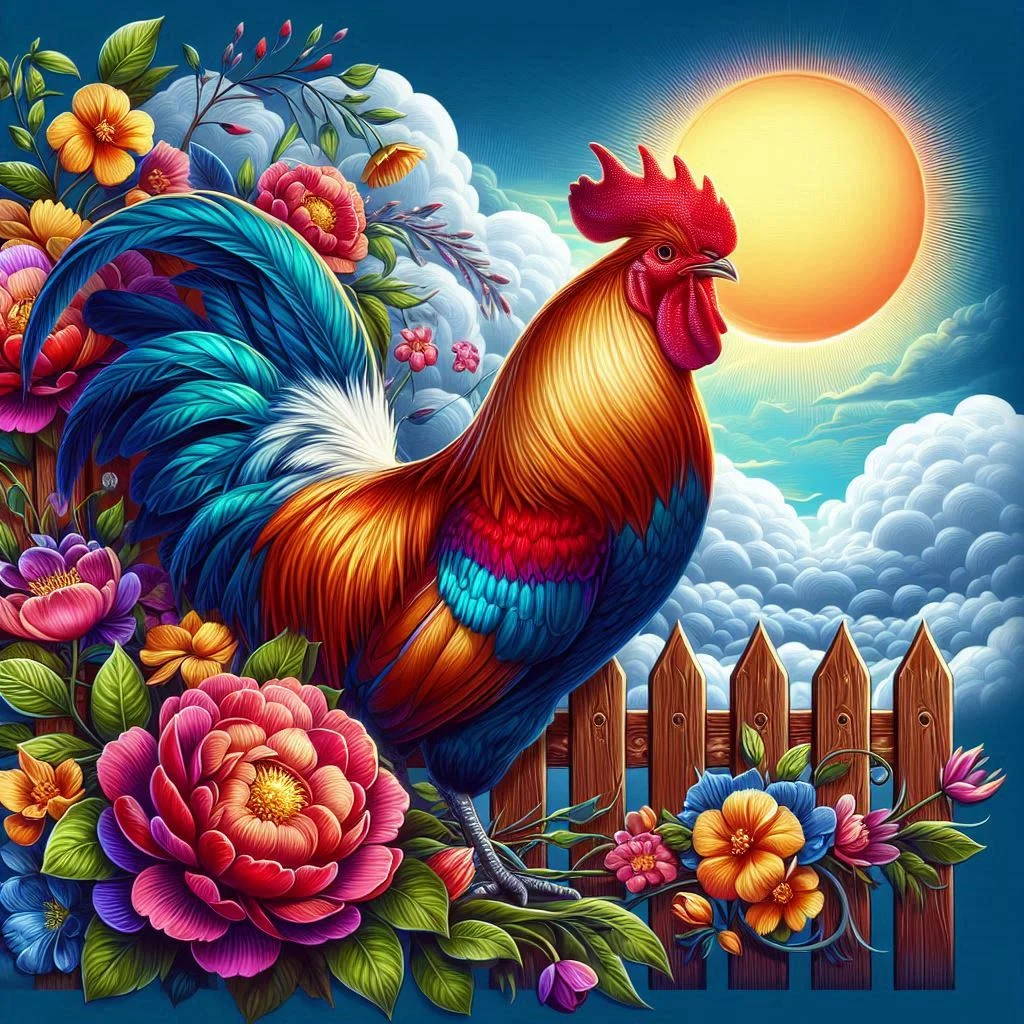
Roosters are striking animals, with colorful plumage and a commanding presence. In Spanish-speaking cultures, el gallo embodies:
- Vigilance: Alerting the flock to danger.
- Leadership: Dominating the henhouse.
- Renewal: Marking dawn with its crow.
These traits make el gallo a universal symbol of pride and resilience, from rural farms to urban art.
Alt: Vibrant Mexican folk art depicting el gallo, symbolizing cultural pride.
Folklore and Mythology
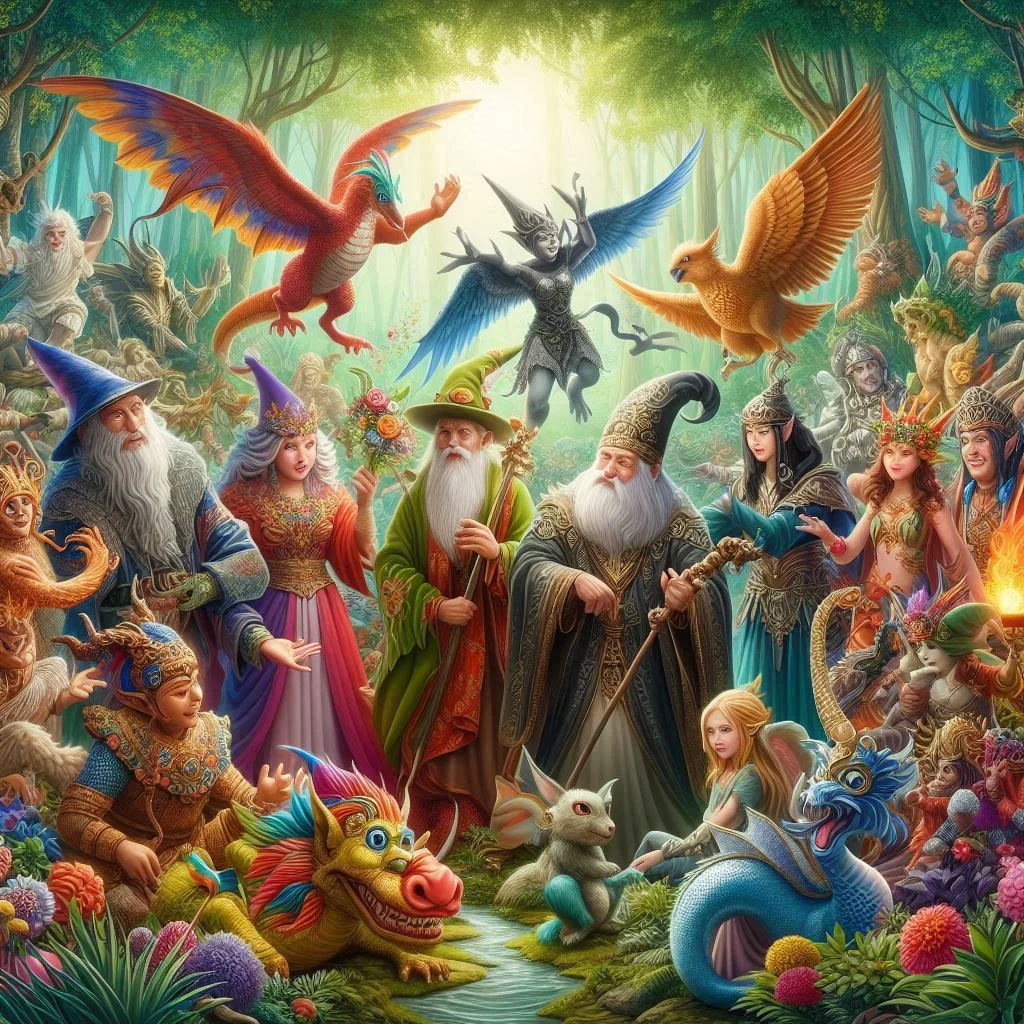
Religious Context
In Christianity, el gallo is tied to Saint Peter’s denial of Jesus, with the rooster’s crow symbolizing human flaws and redemption. In Spain, rooster-shaped weather vanes on churches represent spiritual vigilance.
Folk Tales
In Mexican folklore, roosters often outsmart predators, embodying wit. Proverbs like “El gallo que canta, algo quiere” (“The rooster that crows wants something”) suggest ambition or cunning.
El Gallo in Music
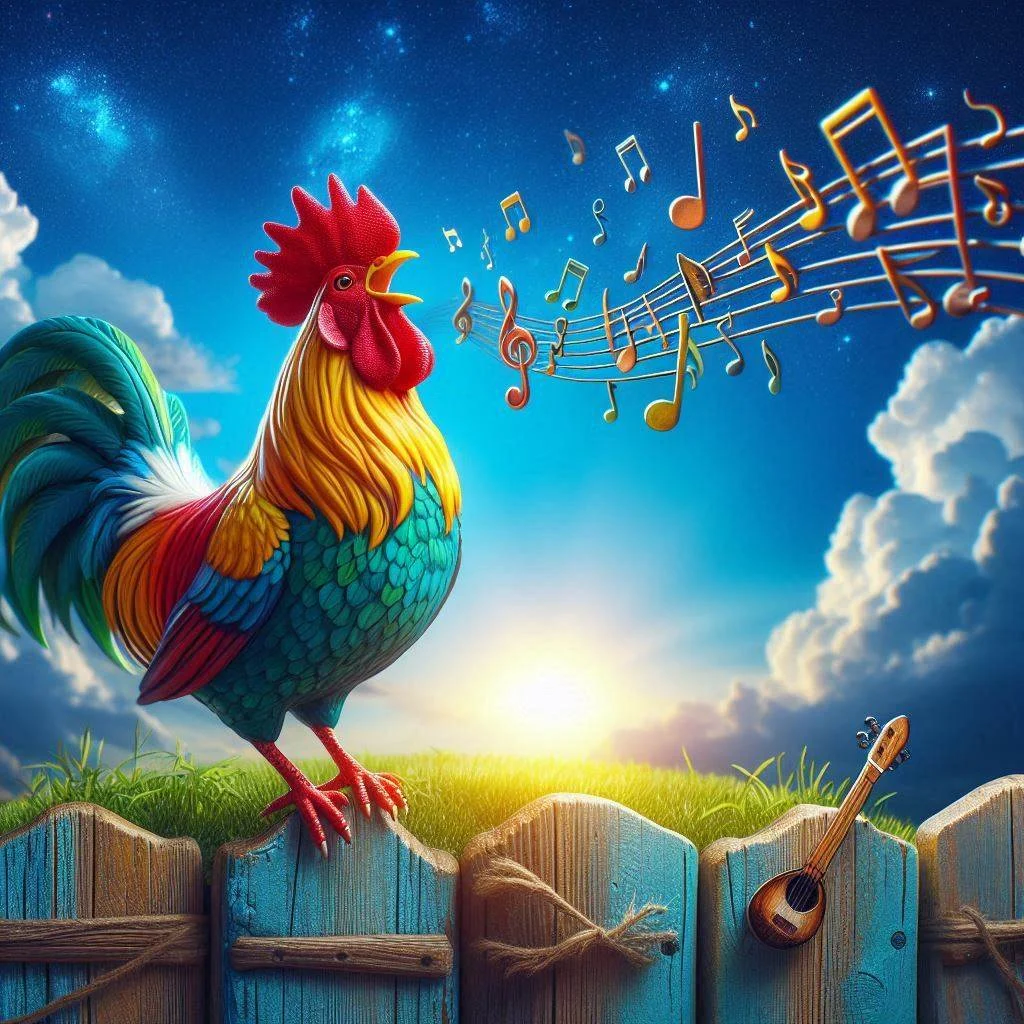
Ranchera Music
In Mexican ranchera, el gallo symbolizes machismo and pride. Vicente Fernández’s “El Gallo de Oro” celebrates strength, with the rooster’s crow mirroring the passionate grito Mexicano. Watch a performance here.
Salsa and Caribbean
In Puerto Rico and Cuba, el gallo represents charisma in salsa. Héctor Lavoe, dubbed “el gallo de la salsa,” embodied stage dominance. The term evokes a performer’s electrifying presence.
Modern Music
Recent reggaeton tracks, like Bad Bunny’s, use el gallo to assert dominance. On X, #ElGallo trends with music fans celebrating Latin artists (e.g., “Bad Bunny es el gallo de 2025!”).
El Gallo in Sports
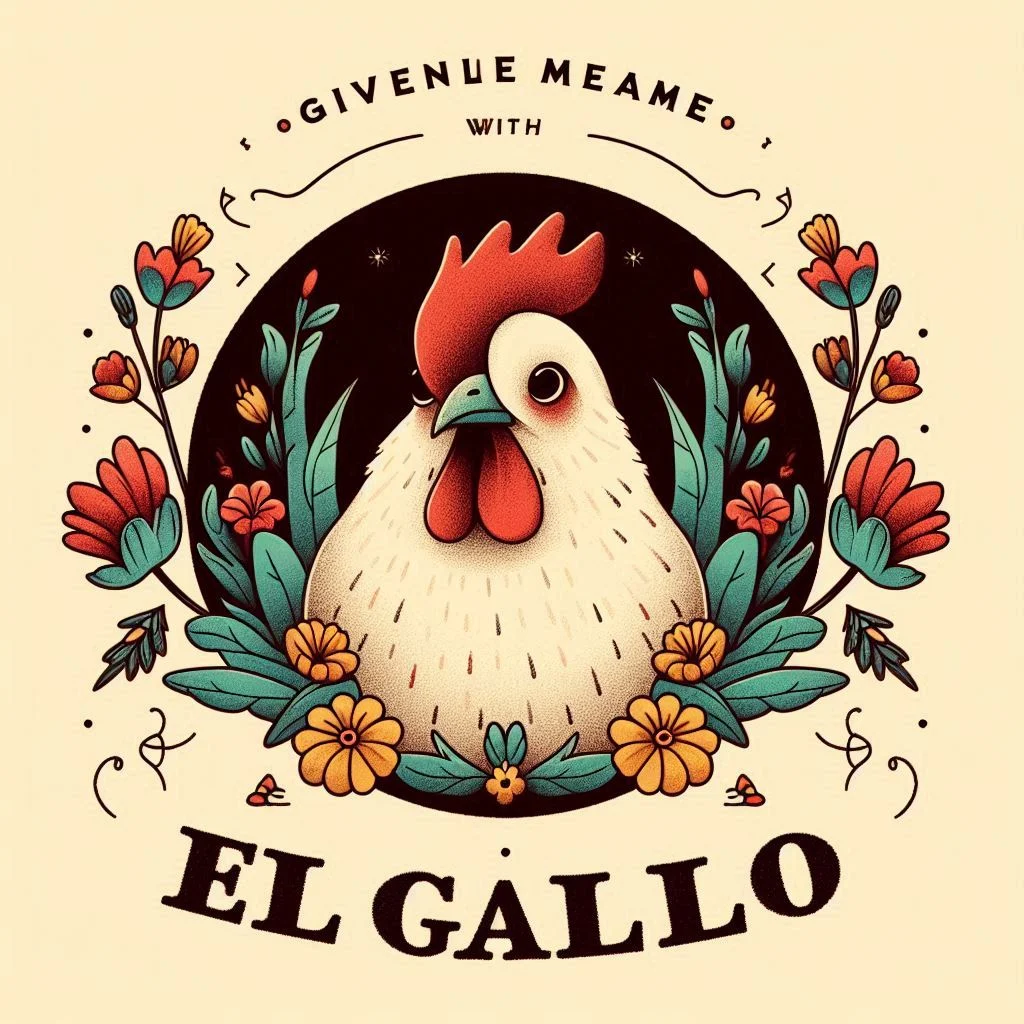
Cockfighting
Historically, cockfighting elevated el gallo to a symbol of resilience in Mexico and Puerto Rico. Gallos finos (fine roosters) were revered in palenques (arenas). Today, “gallo de pelea” describes tenacious individuals.
Sports Metaphors
In soccer, a standout player might be el gallo of the match. Mexican boxer Julio César Chávez, nicknamed “El Gran Gallo,” embodied dominance.
Alt: Julio César Chávez, nicknamed El Gran Gallo, in a boxing match.
El Gallo in Art and Literature
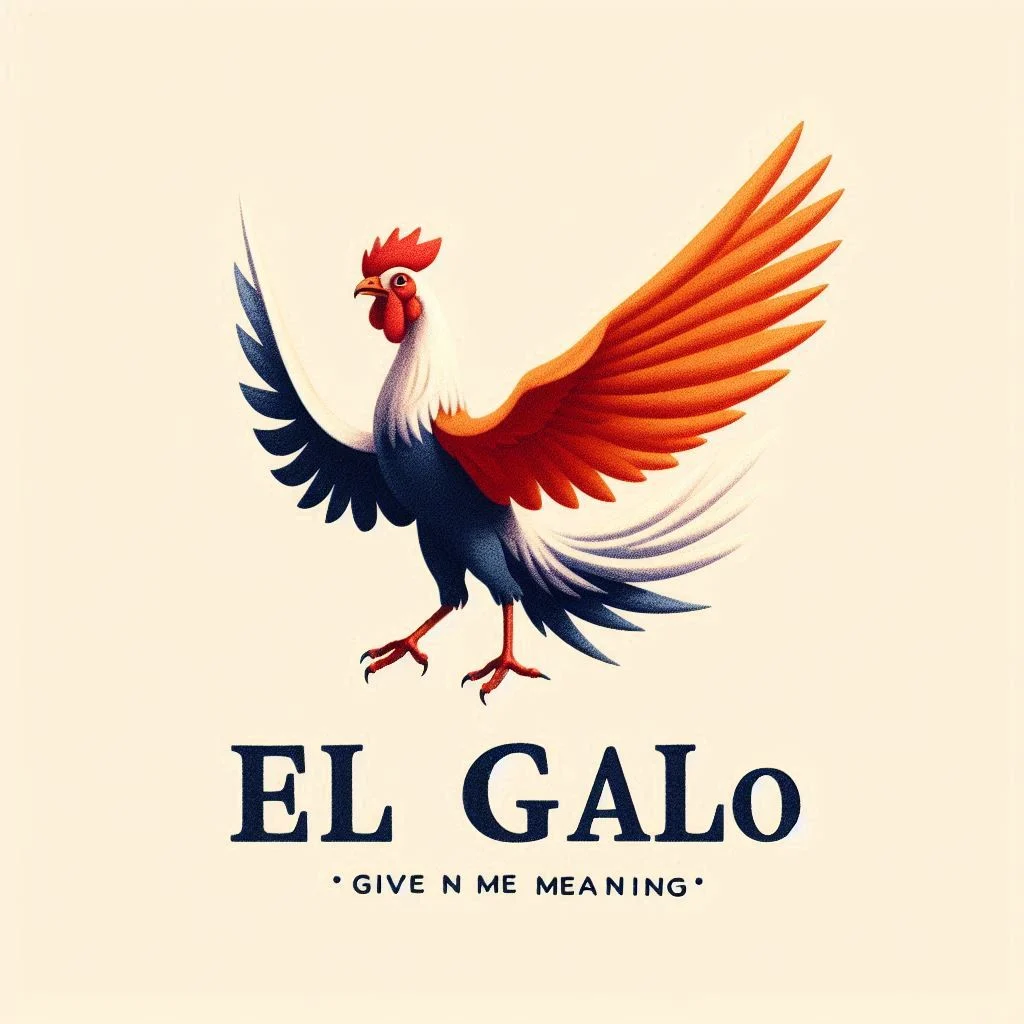
Visual Arts
Mexican folk art features roosters in ceramics and murals, with vibrant colors reflecting cultural pride. Diego Rivera’s murals often included rural imagery, like el gallo.
Literature
In Gabriel García Márquez’s One Hundred Years of Solitude, roosters symbolize rivalry. Pablo Neruda’s poetry uses the rooster’s crow as a call to action.
How to Use El Gallo in Everyday Spanish
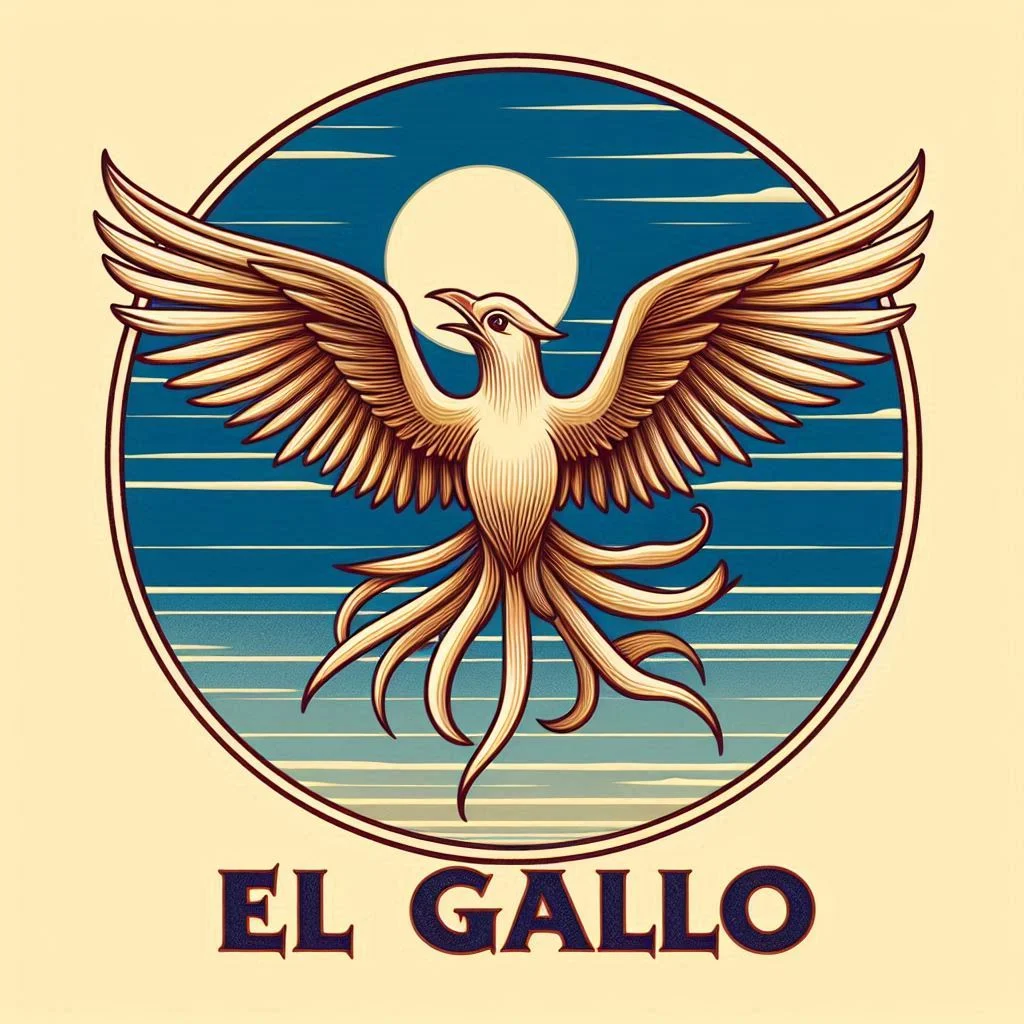
For language learners, el gallo appears in idioms and slang:
- Ser el gallo: To be the best or leader (e.g., “Es el gallo del equipo” – “He’s the team’s star”).
- Cantar como gallo: To speak/sing loudly (e.g., “Canta como gallo en el escenario” – “He sings boldly on stage”).
- Gallo que no canta, algo tiene en la garganta: Someone silent is hiding something.
Use el gallo to add flair to conversations, especially in Latin American contexts.
Quick Tip: In casual settings, calling someone el gallo can be a compliment, implying they’re confident or dominant.
Regional Variations
- Mexico: Tied to ranchera and national pride.
- Puerto Rico: Linked to salsa and urban bravado.
- Spain: Evokes rural traditions and religious symbolism.
These differences highlight el gallo’s adaptability.
El Gallo in Modern Contexts
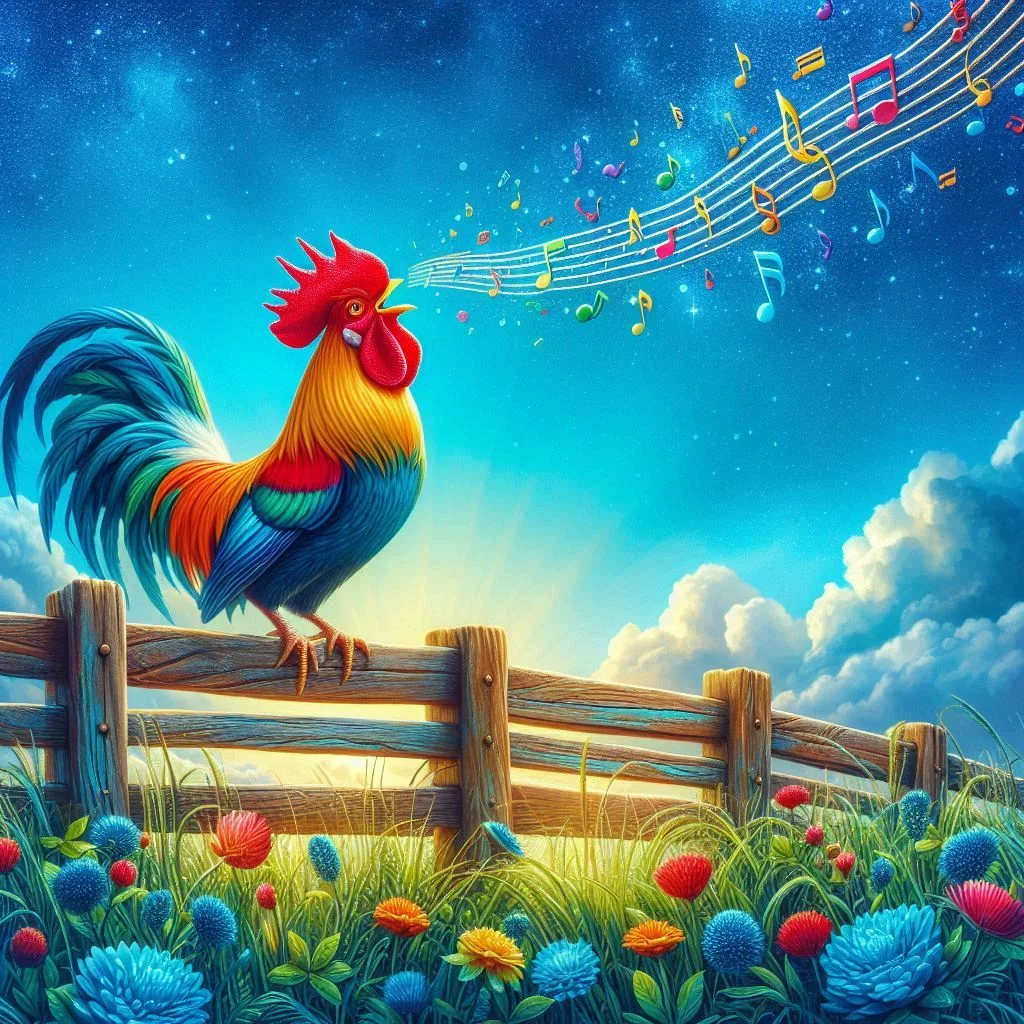
In 2025, el gallo thrives online. On X, users share memes and videos, like a viral TikTok of a rooster crowing to reggaeton beats (search #ElGallo for examples). Brands use rooster imagery in ads, from cervezas to sports gear. Politicians, like a recent Mexican candidate nicknamed “El Gallo,” leverage its charisma.
Poll: How do you see el gallo today?
- A symbol of tradition
- A modern icon
- Both Vote here.
Ethical Considerations
Cockfighting, tied to el gallo, is controversial. Animal rights groups criticize it as cruel, prompting some communities to celebrate roosters through art or festivals instead. This shift preserves el gallo’s symbolism ethically.
Conclusion
El gallo is more than “the rooster”—it’s a cultural icon of pride, courage, and renewal. From ranchera anthems to modern memes, it resonates across Spanish-speaking communities. Explore its meanings in your own context, whether through language, music, or art.

